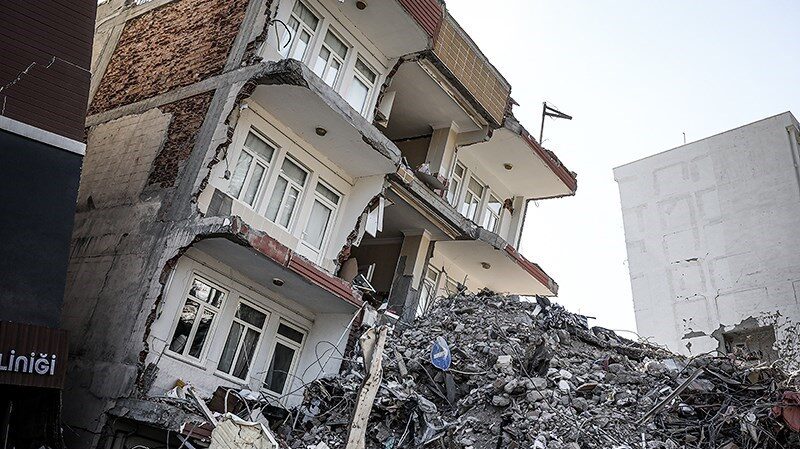Turkey’s Post-Earthquake Landscape One Year Later: Unfulfilled Promises, Lingering Challenges
A year after Turkey and Syria's devastating earthquakes, recovery faces immense challenges with slow progress with over 56,000 dead and millions displaced. Despite efforts, the path to normalcy remains arduous, with key pledges unmet.
A year after the devastating earthquakes that struck Turkey and Syria, the journey toward recovery continues to unfold amid a backdrop of immense challenges and slow progress. The catastrophic events of February 6, 2023, not only caused the tragic loss of at least 56,000 lives across both countries but also led to significant socioeconomic upheaval, affecting millions.
In Turkey, home to the largest number of refugees worldwide, the aftermath of the 7.8 and 7.5 magnitude earthquakes has been particularly profound. Displacement has become a grim reality, with 3 million people forced from their homes and 160,000 buildings across 11 provinces wholly destroyed.
More than 680,000 homes, offices, and other buildings have been either wiped out or damaged, forcing almost 29% of the population in the disaster-stricken regions to relocate. This mass migration has not stabilized, with 1 million people living in temporary shelters. Of the 563,000 who left Hatay alone, 129,000 have yet to return.
Twelve months of clearing, repair, and construction work have barely made a dent in the vast expanse of rubble that once were streets bustling with life. In Hatay and Kahramanmaraş, work is reported to be 95% and 85% complete, respectively. However, the sense of enduring insecurity, the disappearance of entire neighborhoods, and a vanished workforce underscore the monumental tasks that lie ahead to restore a semblance of normality.
The process of recovery has been slow and fraught with complexities. Claims made by President Recep Tayyip Erdoğan just before the presidential election, pledging to build 319,000 new homes within a year, part of a more significant commitment to construct up to 850,000 homes to address the housing crisis, have fallen short of expectations. Experts have criticized the promises as unrealistic, given the extent of the devastation and the existing conditions. However, despite the government’s performance during and after the earthquake, Erdoğan’s power base remains strong, influenced by policies aimed at boosting popularity through government spending.
The already fragile economic fabric of the earthquake-affected provinces has been severely impacted. As of June, approximately 40% of households are living below the poverty line—a figure that threatens to rise even further. The affected areas had contributed significantly to Turkey’s gross domestic product—about 9% of the country’s total—and the cost of reconstruction is estimated to be in the billions.
The official figures released by Turkey’s Interior Ministry stand at 53,537 dead and 107,213 injured; 140 people remain missing. About 43% of the deaths were in Hatay province. Around 24% of the deaths were in Kahramanmaraş province, but Hatay, Adıyaman and Gaziantep all saw more injuries. These numbers are widely considered underestimates, further compounded by conflicting statements from government officials, adding to the confusion and uncertainty surrounding the true impact of the disaster.


